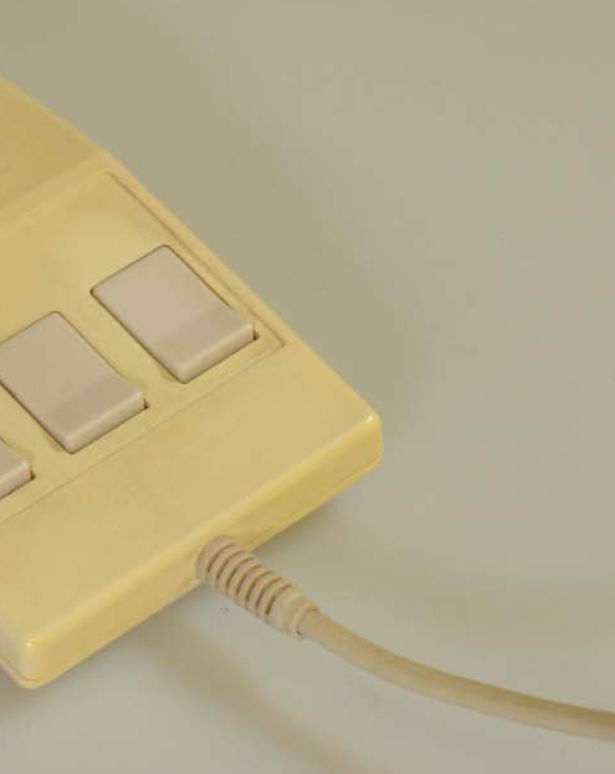by emma rae nortona scrolling lecture on the computer mouse
1.The history of the mouse > a complex history of computing.scroll down on the right
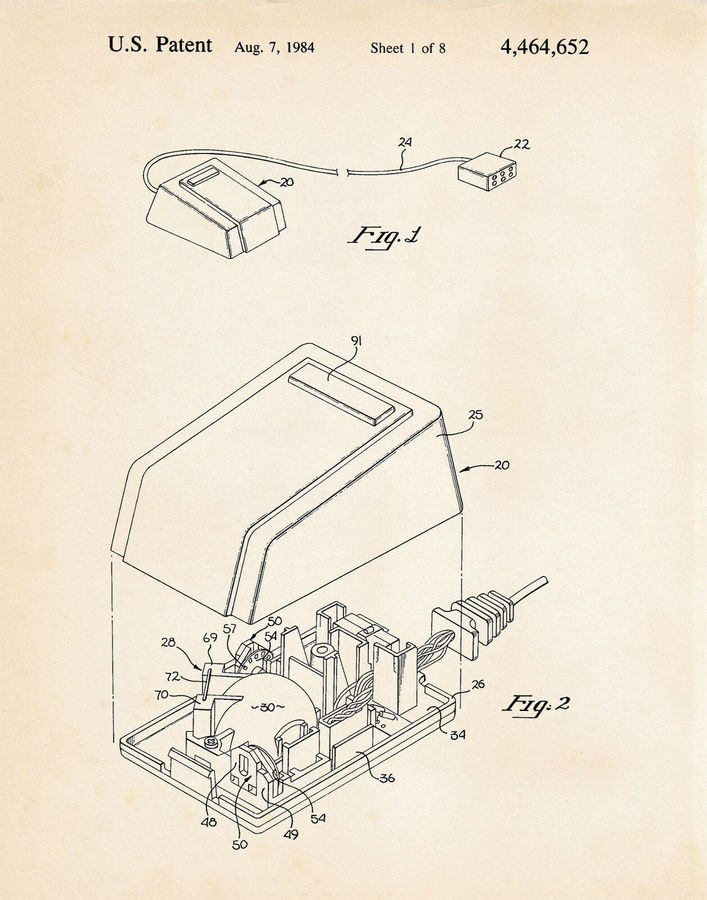
3.Since the early days of computing there has been a shift from being “close to the metal”scroll right
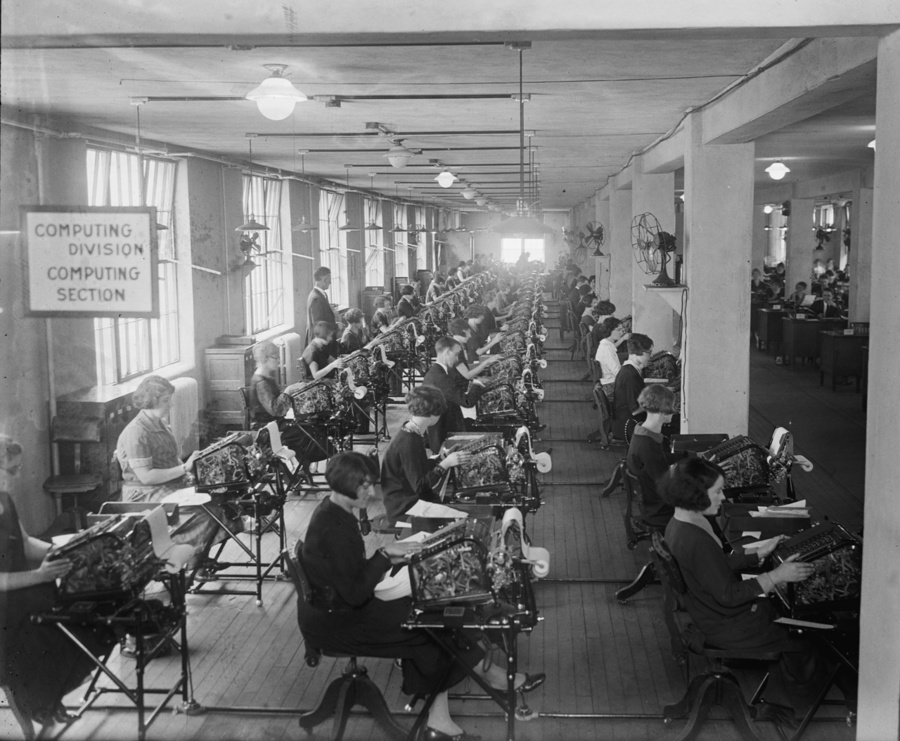
5.From women as programmersscroll right
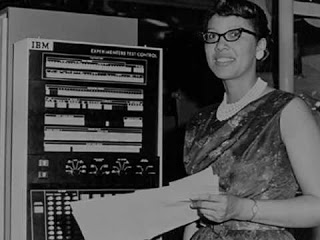
7.From men as mouse usersscroll right

9.Butscroll right
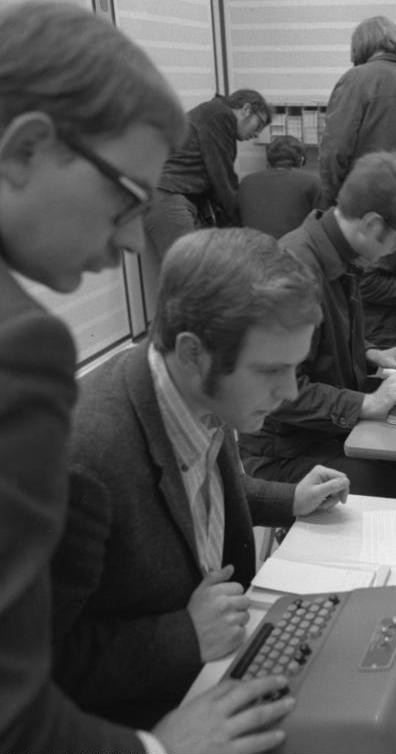
11scroll right
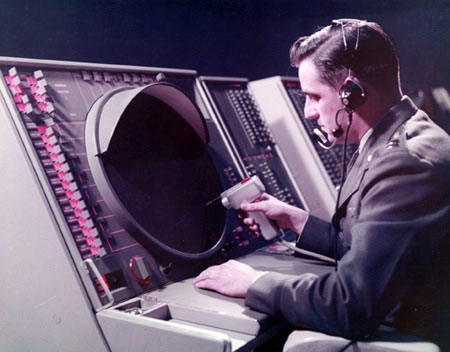
13.scroll right
15.scroll right
17.The mouse was invented 10 years prior to the graphical user interface.scroll right


20.For the first time on a computer screen you could situate yourself within. You the cursor.scroll down
21.The computer mouse sits somewhere in between the metal of your computer and your body.scroll right
23.scroll right
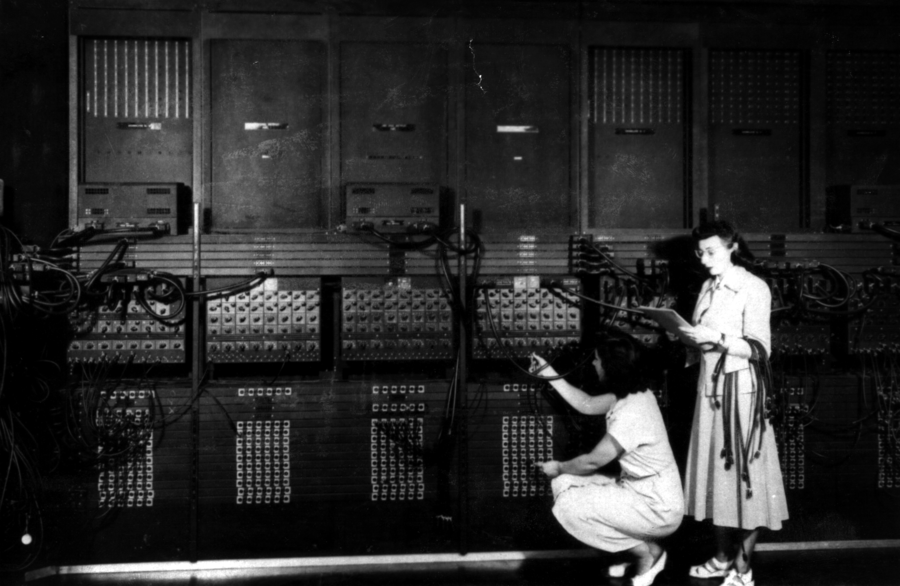
26.scroll right

29.scroll down
30.... on the body. scroll right
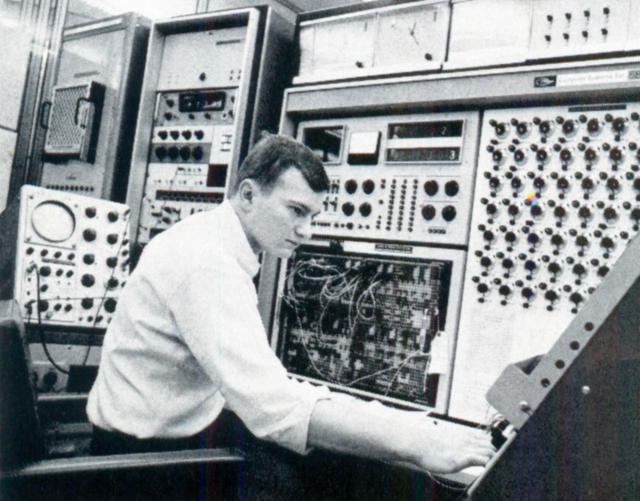
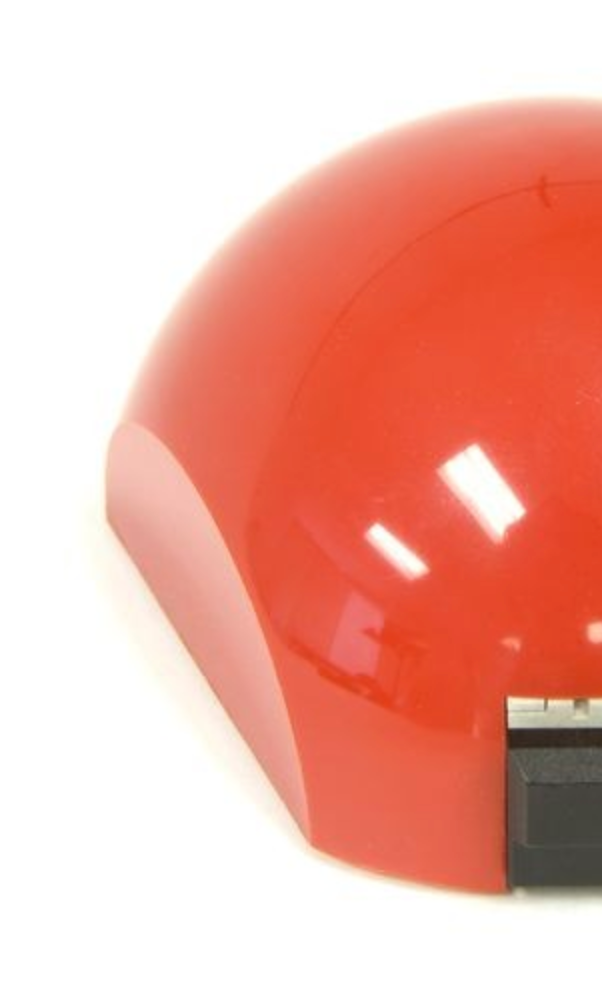
32.Open and close windows, scroll through images, guide your reading, click to buy, click to like.scroll right
34..scroll down
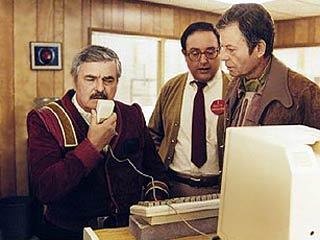
35.There is a line in a 1983 PC Magazine article that says, “Mice allowed programmers the luxury of working without taking their eyes off the screen” scroll right
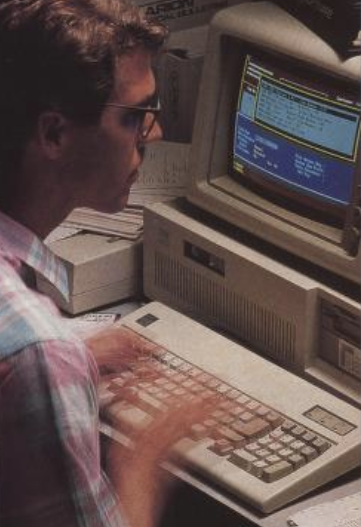
38.To move your hand onto the mouse, and then, off of it, and then, again, onto it. scroll down
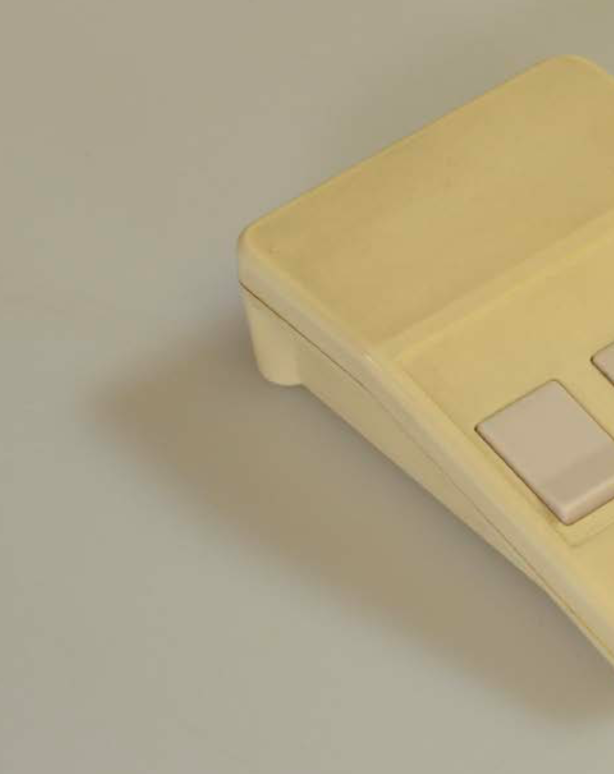
please scroll down on the right
scroll down on the left
2.scroll down on the left
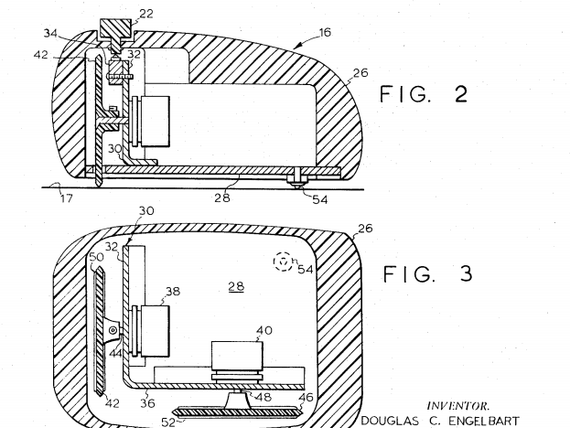
4.scroll left
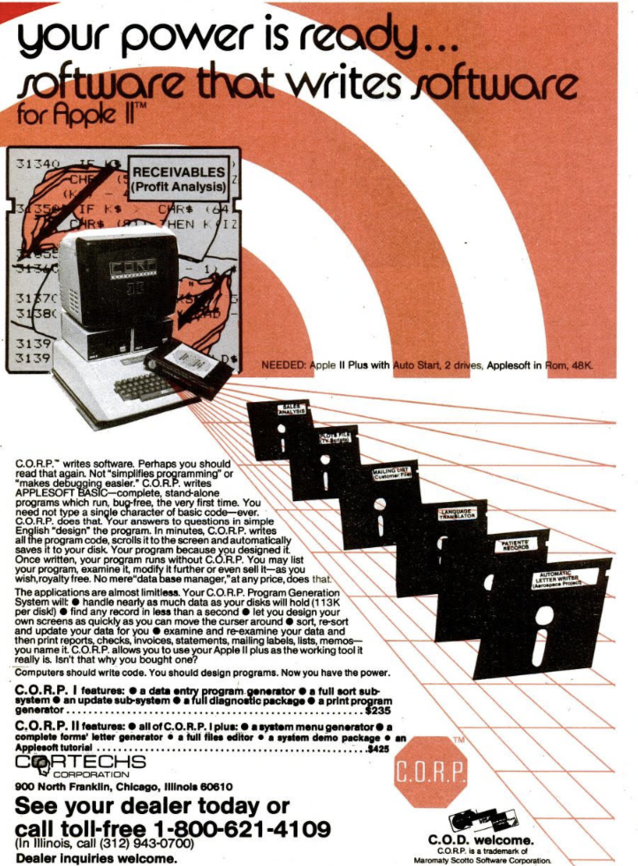
6.scroll left
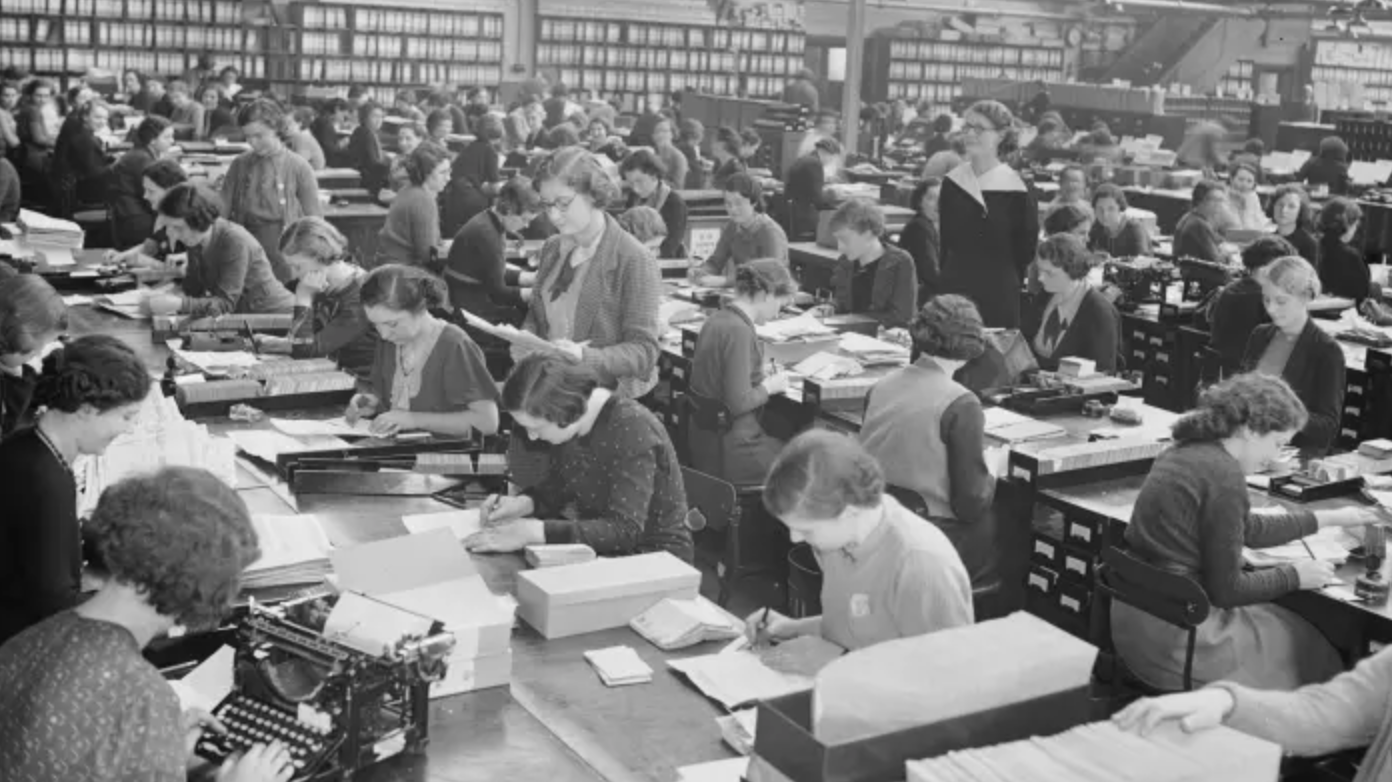
8.scroll left
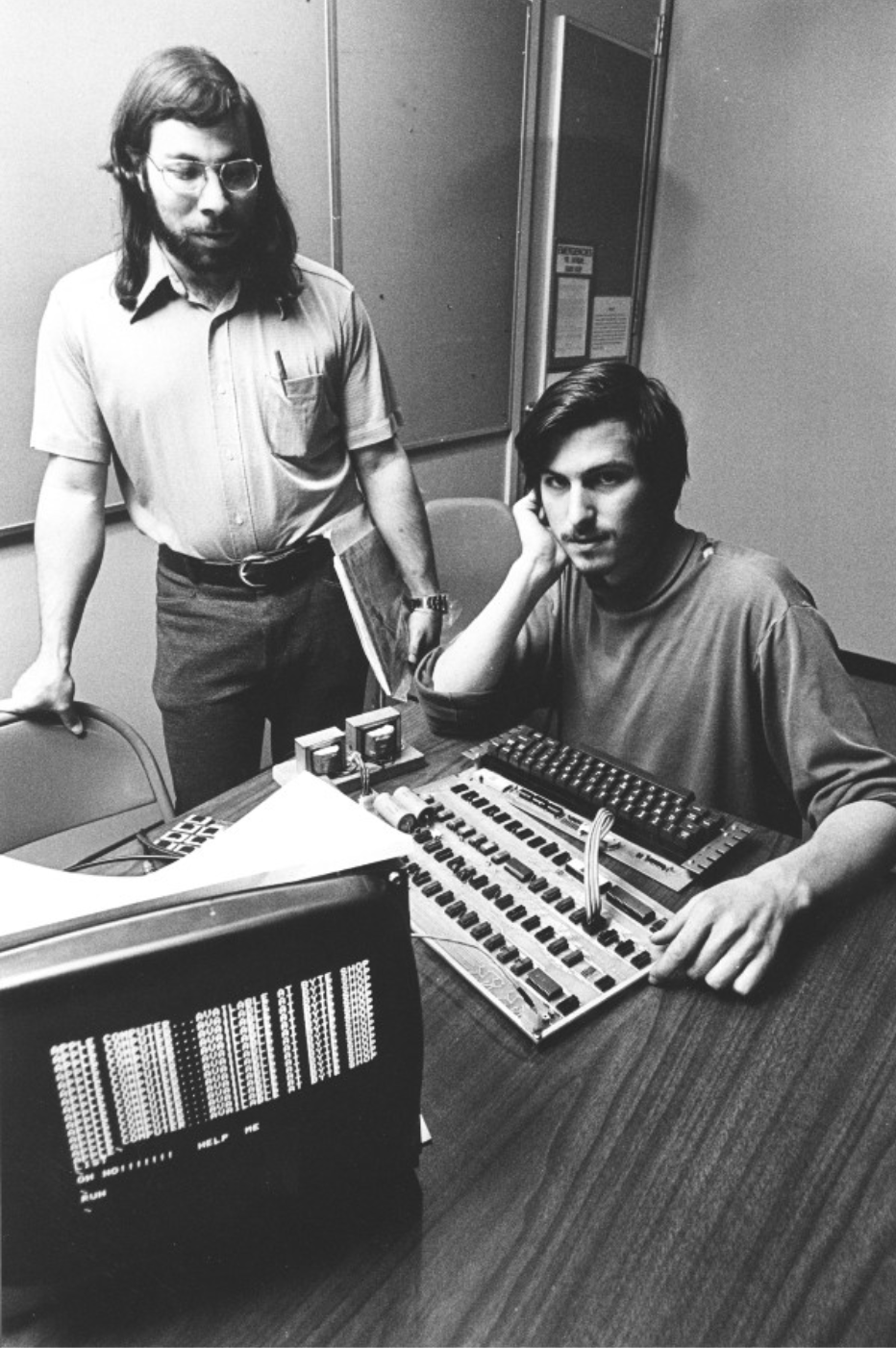
10.are programmers not just glorified typists? scroll left
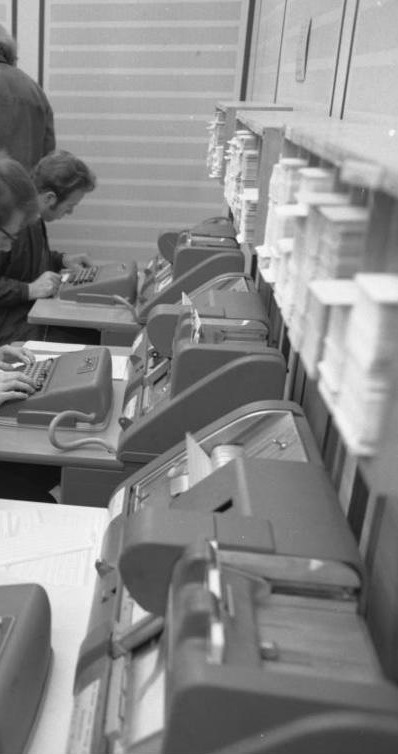
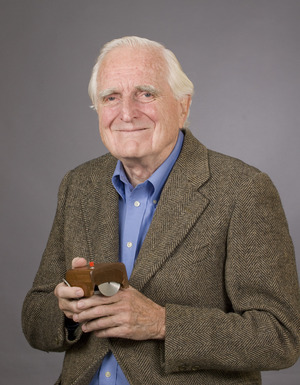
12.The 1964 invention of the mouse by Doug Engelbart did not appear in tandem with the technologies before it.scroll left
14.scroll left
16.scroll left
18.scroll down
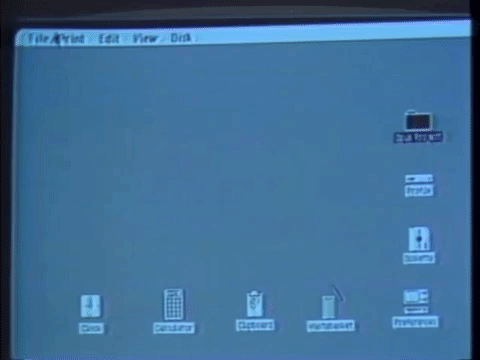
19.scroll left
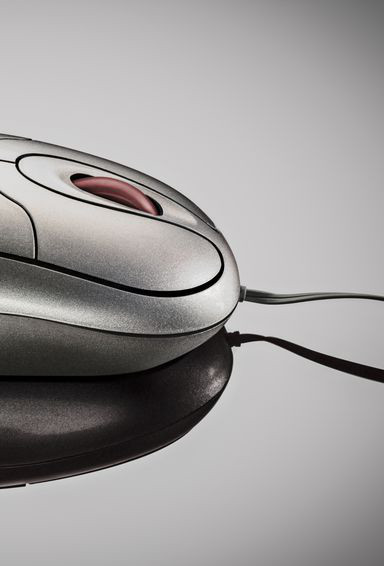
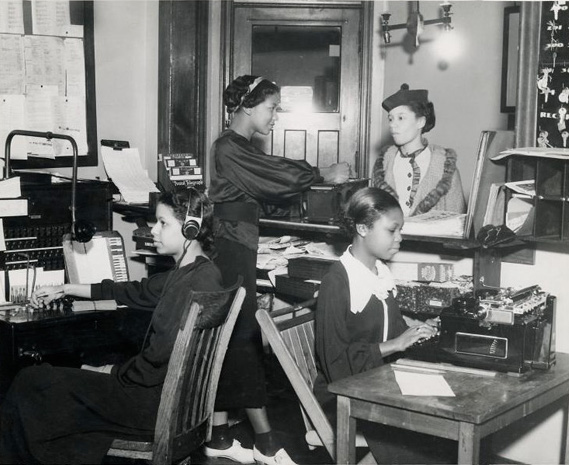
22.scroll left
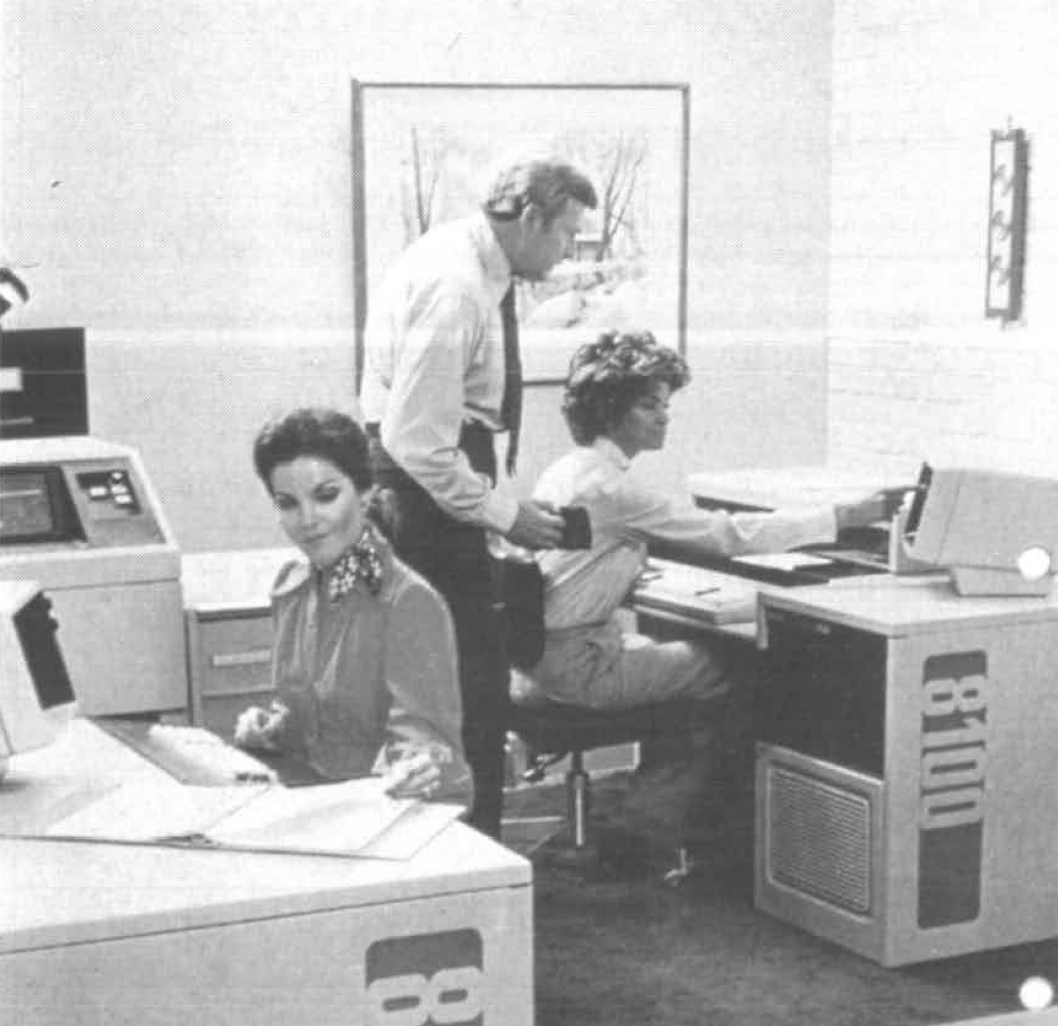
24.scroll down
25.scroll left
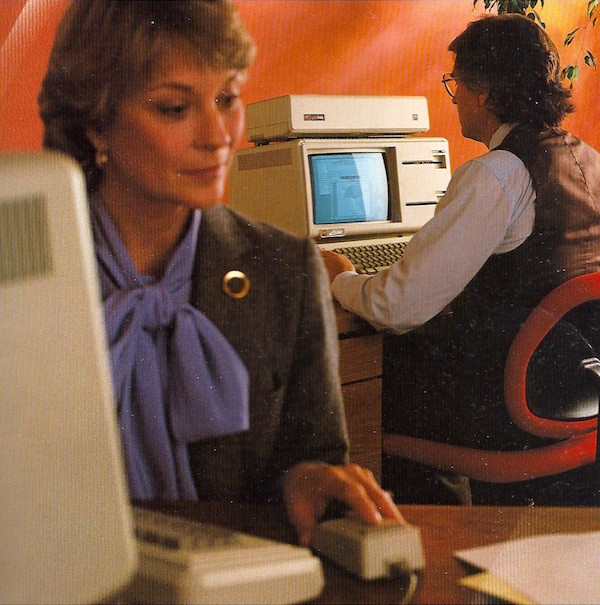
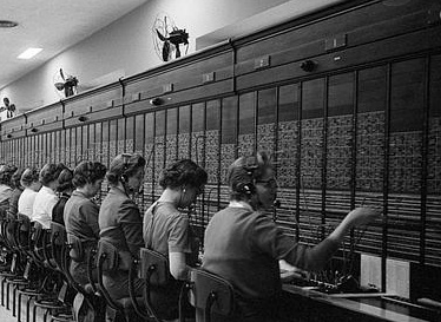
scroll down
27. scroll down
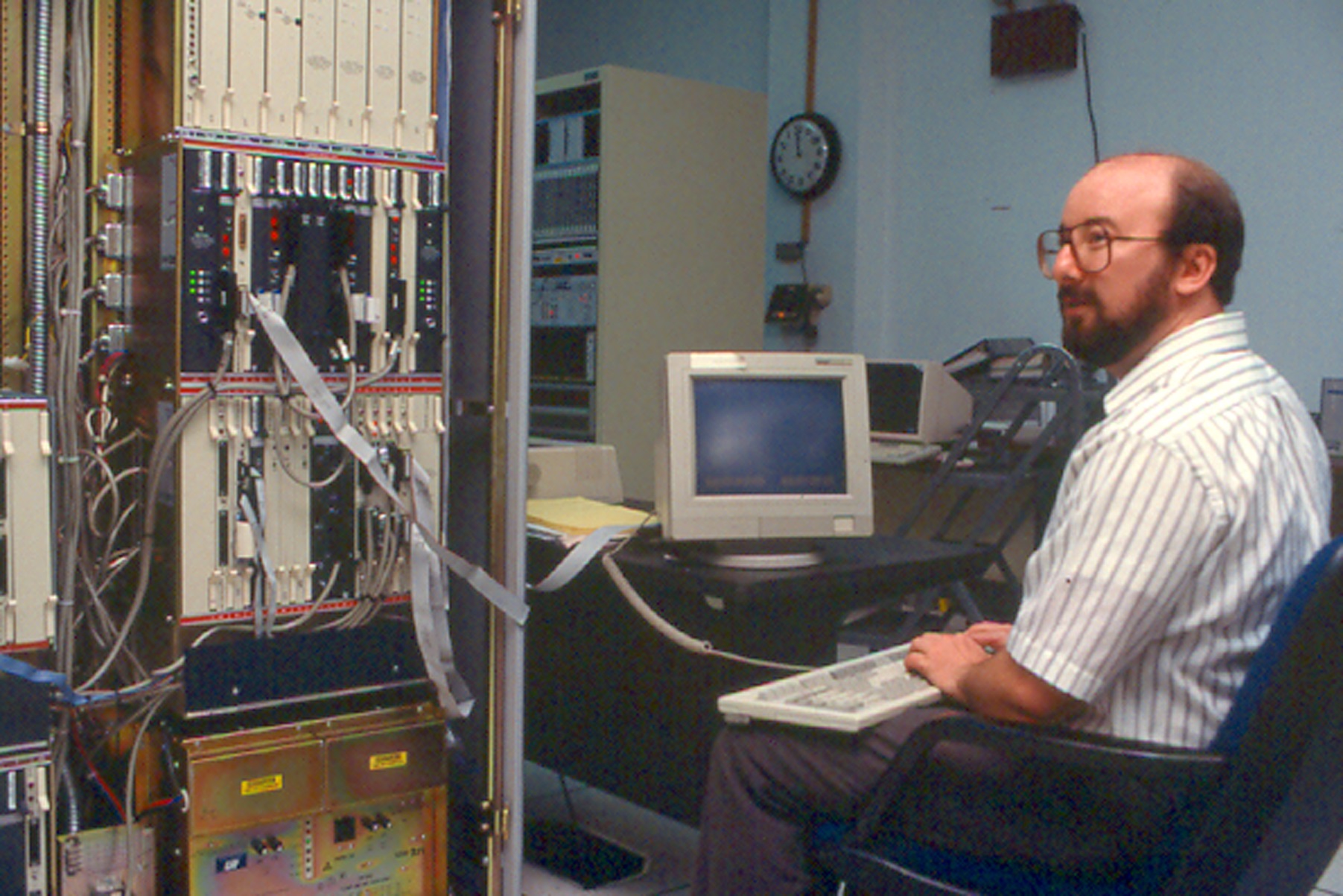
28.scroll left
31.scroll left
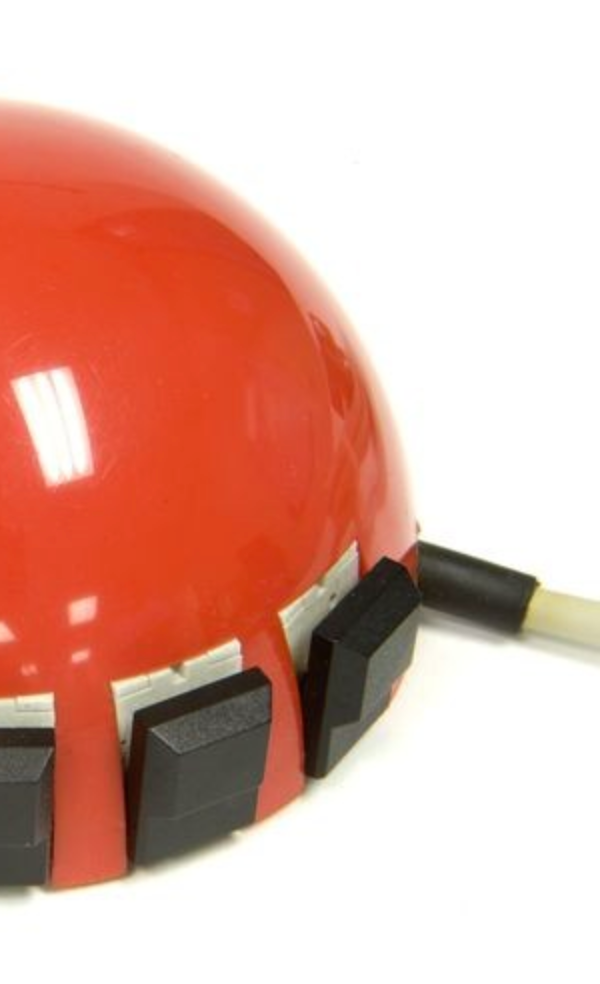
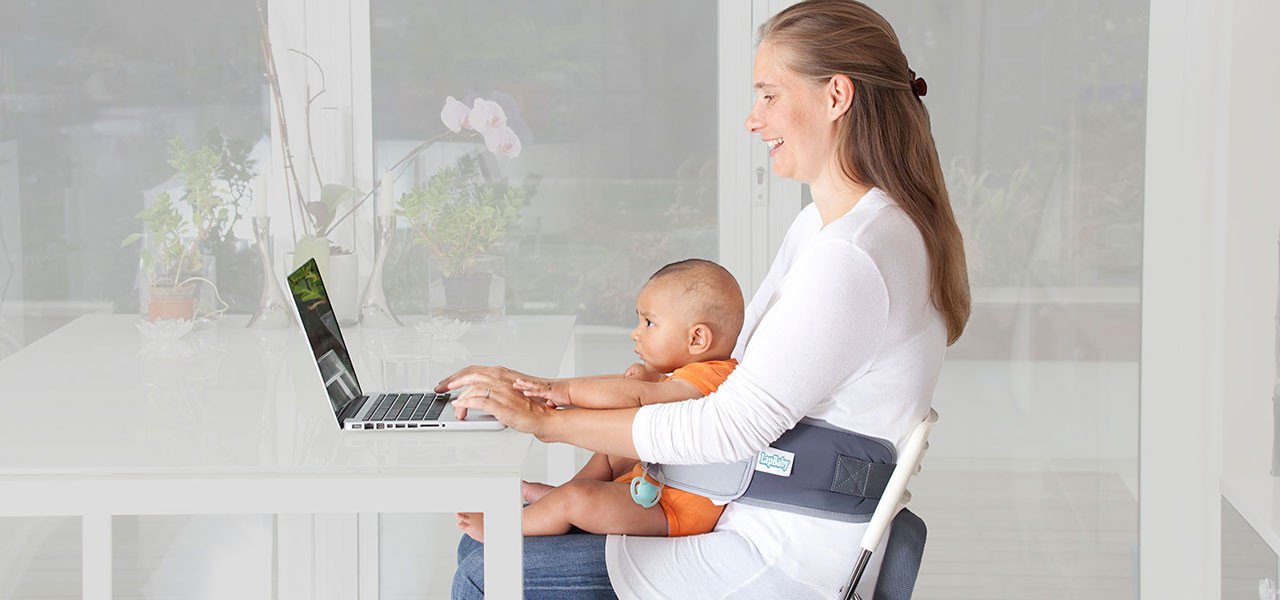
33.scroll left
36.scroll down
37.scroll left
